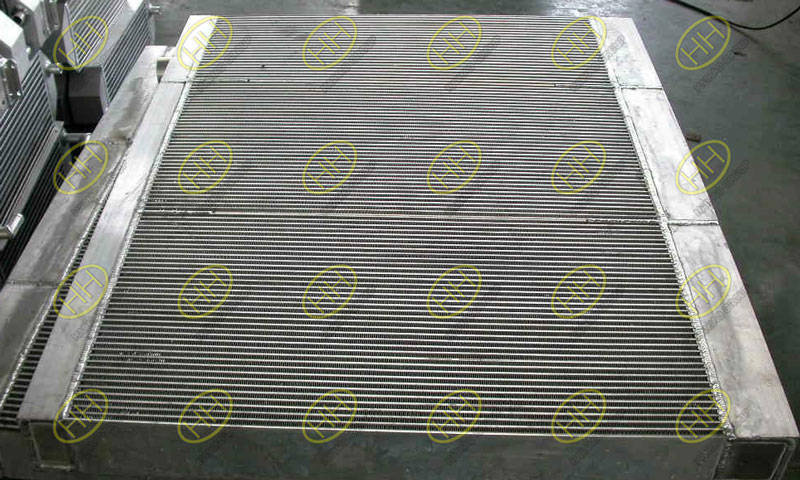Types of heat exchangers
Saving energy is a huge and costly problem for factory bosses and it’s one reason they often install devices called heat exchangers to salvage as much heat as possible from waste gases. Heat exchangers have lots of other familiar uses too. Engines in cars, ships, and planes use heat exchangers to work more efficiently, gas boilers use them to heat up hot water, and if you have a refrigerator or an air-conditioner in your home, those are using heat exchangers too.

The plate and fin heat exchanger from inside a gas central heating boiler
All heat exchangers do the same job—passing heat from one fluid to another—but they work in many different ways. The two most common kinds of heat exchanger are the shell-and-tube and plate/fin. In shell and tube heat exchangers, one fluid flows through a set of metal tubes while the second fluid passes through a sealed shell that surrounds them. The two fluids can flow in the same direction (known as parallel flow), in opposite directions (counterflow or counter-current), or at right angles (cross flow). Boilers in steam locomotives work this way. Plate/fin heat exchangers have lots of thin metal plates or fins with a large surface area (because that exchanges more heat more quickly); heat exchangers in gas furnaces (gas boilers) work this way.
Two types of heat exchanger:
1) A shell and tube exchanger for the nuclear plant ,There are lots of tubes in this one and they’re easy to see.
2) The plate and fin heat exchanger from inside a gas central heating boiler/furnace.
